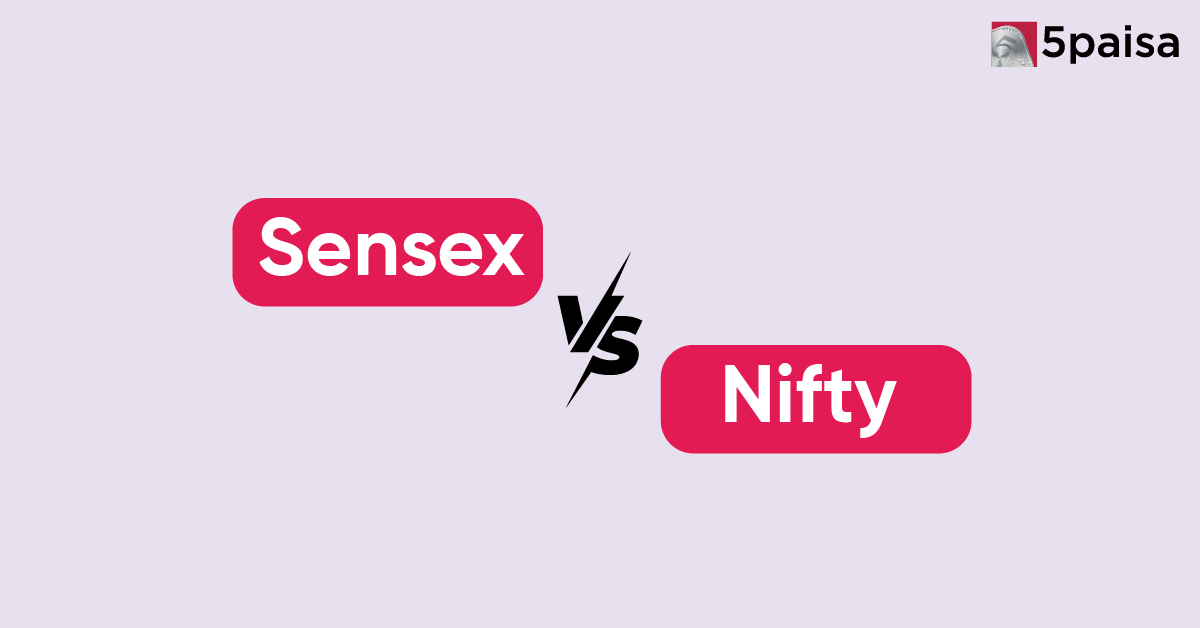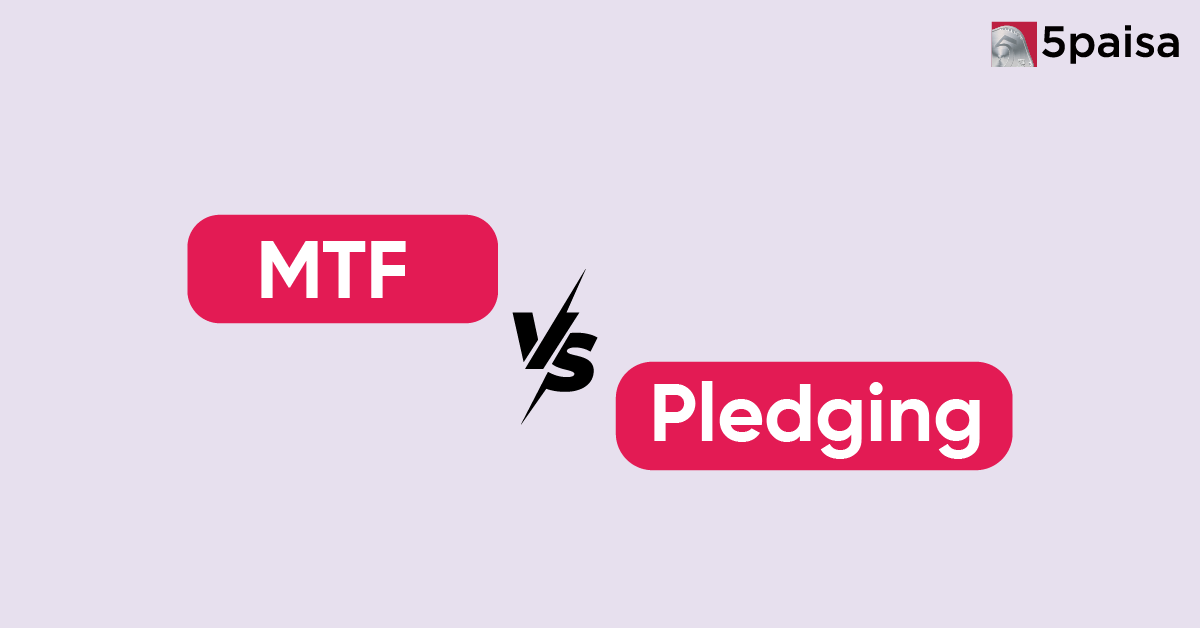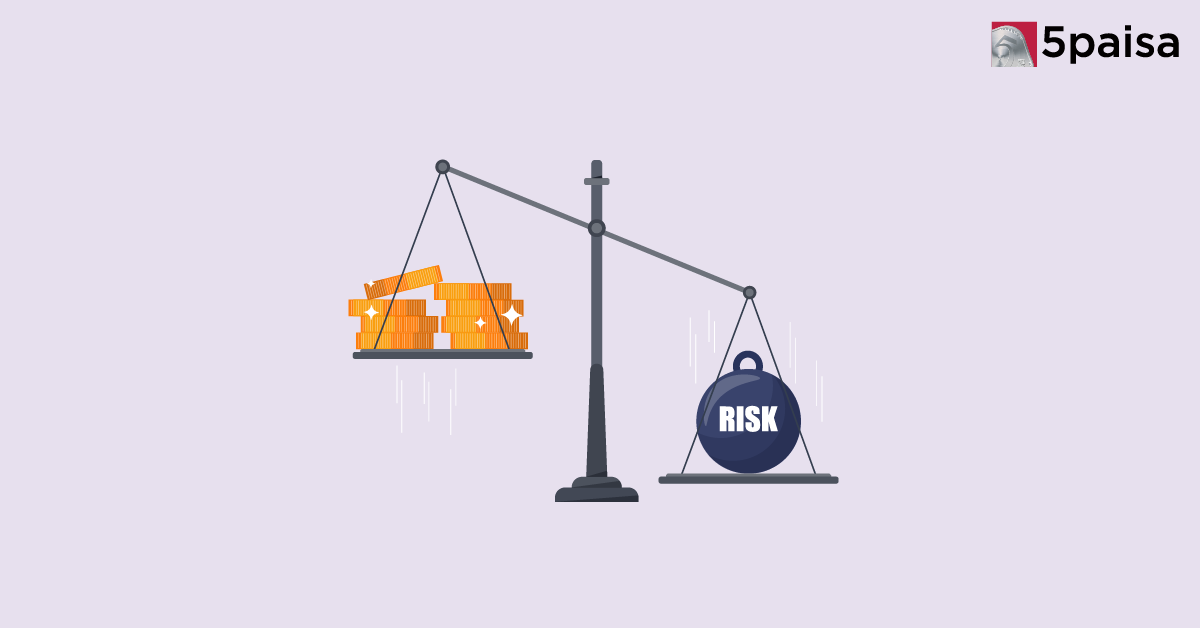MTF vs Pledging: Which Strategy Gives You More Power in the Market?
Nifty vs Sensex

If you've ever tuned into a financial news channel or scrolled through market updates, you've likely seen Nifty and Sensex mentioned side by side. These two terms dominate the Indian equity landscape, but while they’re often used in the same breath, they’re far from interchangeable. Each index tells a different story about the market, tracks different companies, and is run by a different stock exchange.
This isn’t just a matter of numbers. For traders, long-term investors, and even mutual fund managers, knowing the difference between Nifty and Sensex can offer sharper insights and smarter decisions. Let’s unpack what sets them apart.
Quick Snapshot: Nifty vs Sensex at a Glance
| Feature | Nifty 50 | Sensex |
| Stock Exchange | National Stock Exchange (NSE) | Bombay Stock Exchange (BSE) |
| No. of Constituents | 50 | 30 |
| Base Year | 1995 | 1978-79 |
| Base Value | 1000 points | 1000 points |
| Index Type | Broad Market Index | Broad Market Index |
| Sector Representation | Wider due to 50 stocks | More concentrated with 30 stocks |
| Benchmark for | NSE-listed equity instruments | BSE-listed equity instruments |
| Popularity Among Traders | Favoured for derivatives trading | Known for historical relevance |
| Liquidity | Higher, especially in F&O segment | Moderate |
| Review Frequency | Semi-annual | Semi-annual |
Stock Universe & Representation
Nifty 50 pulls its weight with a broader representation across industries. With 50 of the most liquid and large capitalised stocks across 13 sectors, it’s a better reflection of the diversified Indian economy. Sensex, on the other hand, consists of 30 of the biggest and most established companies listed on the BSE.
Let’s put it this way: Sensex gives you the blue-chip story, while Nifty opens the lens a little wider.
Exchange Base: NSE vs BSE
The Nifty 50 belongs to the National Stock Exchange (NSE), India’s younger but more technology-driven bourse, launched in 1992. The Sensex, meanwhile, is curated by the Bombay Stock Exchange (BSE), the oldest stock exchange in Asia, dating back to 1875.
Over the years, NSE has carved out a larger market share in equity derivatives, which is why Nifty sees more action among active traders. But BSE still commands respect for its legacy, data depth, and historical value.
Base Year and Starting Point
This one often slips under the radar but tells an interesting story. The Sensex took 1978–79 as its base year with a starting value of 100. It was launched in 1986, when India’s markets were just warming up to modern financial systems. The Nifty’s base year is 1995, with a base value of 1000 points—coinciding with the post-liberalisation boom.
Derivatives and Volumes
If you're into futures and options, Nifty likely rings more bells. The Nifty 50 index is the underlying asset for one of the most traded derivative contracts in the world.
Sensex does offer derivatives, but Nifty dominates this space. For high-frequency traders and institutional players, this makes a massive difference in execution speed and market depth.
Market Popularity: Who Follows What?
Retail investors often track both indices, but Nifty has edged ahead in terms of visibility and volume. Many mutual funds benchmark themselves against Nifty 50, and trading platforms prioritise its real-time movement.
Sensex, however, still retains its charm with media headlines and long-term historical comparisons. Think of it as the veteran voice in the room—calm, composed, and seasoned.
Sector Spread and Concentration
This is where the differences really start to matter. Because Nifty includes 50 companies, it tends to capture momentum across more sectors. Sensex, being more selective, may tilt heavier towards sectors like banking, IT, and FMCG.
If a particular sector like PSU banks or real estate is rallying but not represented strongly in the Sensex, you might see the Nifty outperform. This makes it critical to understand what exactly you’re tracking when following either index.
Index Maintenance and Rebalancing
Both Nifty and Sensex are rebalanced twice a year, typically in June and December. However, NSE has been quicker to adapt to changing industry weights and market capitalisation shifts in the past.
This flexibility makes Nifty more responsive to real-time economic shifts. Sensex is a bit more conservative in its churn, sticking with longstanding performers unless there's a major shakeup.
Investment Tools and Mutual Funds
From an investment lens, more passive mutual fund schemes and ETFs are built around the Nifty 50. It’s not surprising—its liquidity, sectoral diversity, and F&O presence make it an efficient benchmark.
That said, Sensex-based funds are popular among conservative investors who value stability and historical performance.
Which Is Better: Sensex or Nifty?
This really depends on what you're looking for:
- For Traders: Nifty’s liquidity, derivative depth, and broader sector play make it more attractive.
- For Long-term Investors: Sensex offers a curated basket of India’s most consistent performers, making it appealing for SIP and conservative bets.
- For Analysts and Economists: Both indices provide insights, but Nifty’s wider scope often reflects emerging economic trends faster.
Here’s a quick way to frame it: Nifty gives you breadth, Sensex gives you depth.
Final Thoughts: Two Indices, One Growing Market
At the end of the day, both Sensex and Nifty are essential instruments in the toolkit of any Indian market participant. They aren’t competitors—they’re complements.
While Nifty captures a more contemporary view of the market with a diverse bouquet of 50 companies, Sensex provides legacy, trust, and a long-term compass. Choosing between them isn’t a zero-sum game. Most savvy investors keep an eye on both.
So whether you’re just starting out or you’re a seasoned trader navigating the daily swings, understanding the difference between Sensex and Nifty could make you not just smarter—but more strategic.
Frequently Asked Questions
Which is best, Nifty or Sensex?
What are Nifty and Sensex in simple words?
What is the basic difference between Sensex and Nifty?
The number of companies grouped as a sample is the primary distinction between Nifty and Sensex. Nifty takes into account SO firms, but Sensex takes into account 30 companies for sample.
Which is the older Sensex or Nifty?
- Flat ₹20 Brokerage
- Next-gen Trading
- Advanced Charting
- Actionable Ideas
Trending on 5paisa
Indian Stock Market Related Articles
Disclaimer: Investment in securities market are subject to market risks, read all the related documents carefully before investing. For detailed disclaimer please Click here.

 5paisa Capital Ltd
5paisa Capital Ltd




